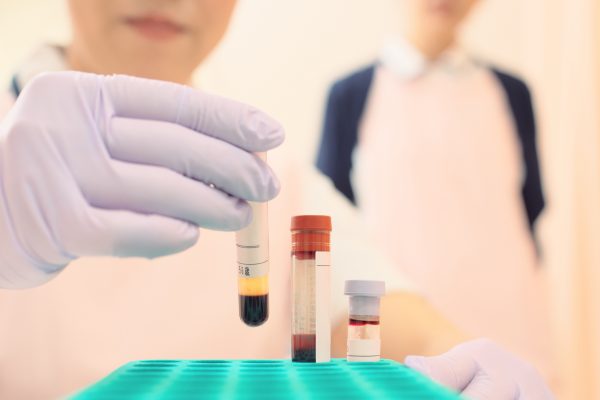
Dosing of factor VIII for patients with haemophilia A in the perioperative setting can be challenging- underdosing can lead to an increase risk of bleeding, whilst overdosing is associated with higher treatment costs. Addressing this issue, the OPTI-CLOT randomised control trial compared factor VIII dosing based on the pharmacokinetic profile to dosing based on bodyweight, finding that although there was an improvement in the establishment of factor VIII concentrations that were within the desired perioperative range, there was no meaningful difference in overall consumption between the two dosing methods.
This open-label, multicentre, randomised, controlled trial enrolled 66 haemophilia A patients from across 9 centres in the Netherlands, who were scheduled for elective low or medium risk surgery, defined by a surgical risk score. Patients were subsequently randomised (1:1) to a pharmacokinetic-guided approach or standard treatment approach (by bodyweight). Key eligibility criteria included being 12 years or older with severe or moderate haemophilia A (severe haemophilia defined as <0.01 IU/mL; moderate haemophilia defined as 0.01-0.05 IU/mL). The primary endpoint was the total amount of infused factor VIII (IU per kg of bodyweight) during the perioperative period, defined as the day of surgery, up to 14 days post-surgery.
All participants in this trial were male, with a median age of 49.1 years. 34 patients were assigned to the pharmacokinetic-guided group and 32 to the standard treatment group. Overall, there was no meaningful difference in factor VIII concentrate consumption during the perioperative period between the two groups; the mean consumption of factor VIII concentrate was 365 IU/kg and 379 IU/kg between the pharmacokinetic-guided and standard approach groups, respectively. Furthermore, postoperative bleeding occurred in 6 (18%) in the pharmacokinetic-guided treatment group, and 3 (9%) in the standard treatment group. Additionally, one grade 4 postoperative bleeding event occurred in the standard treatment group.
Perioperative pharmacokinetic-guided dosing of factor VIII concentrate appears safe but results in comparable perioperative factor VIII consumption, when compared to dosing by bodyweight. However, pharmacokinetic-guided dosing did result in an improvement in the achievement of concentrations that were within the desired perioperative range. Ultimately, these findings provide additional support and literature in the investigation of pharmacokinetic-guided dosing of factor VIII.
Reference
Van Moort et al., Perioperative pharmacokinetic-guided factor VIII concentrate dosing in haemophilia (OPTI-CLOT trial): an open-label, multicentre, randomised, controlled trial. Lancet Haematology. 2021; 8(7): E492-E502.